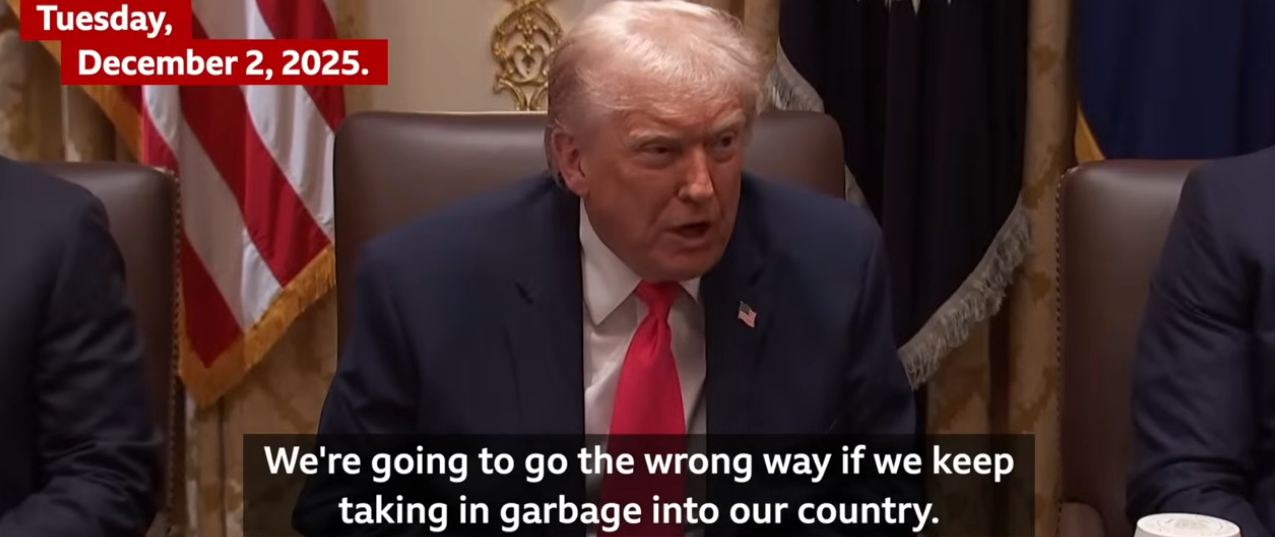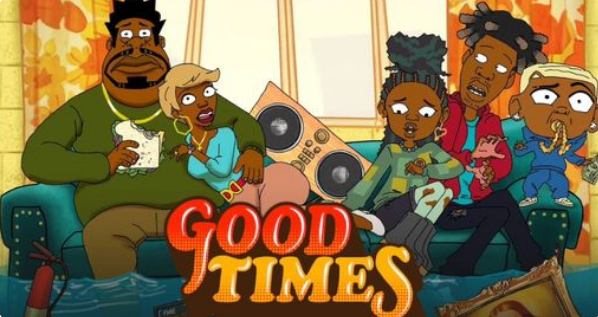[NYPD\Civilian Complaint Review Board]
Dr. Lawrence Wittner: “The Board’s minimal impact can be attributed in part to Dinkins’s mayoral successors, Rudy Giuliani and Michael Bloomberg, who limited its funding while instituting ‘zero tolerance’ and ‘stop and frisk’ programs.”
YouTube
The NYPD has avoided any accountability by attacking entities like the Civilian Complaint Review Board.
In early November 1966, my sister and I―armed with a bucket of home-made paste, a wide brush, and a thick roll of “Vote No” posters―headed off from my student apartment on the Upper West Side of Manhattan to plaster the surrounding area with the signs. The Patrolman’s Benevolent Association (PBA), a very powerful police union, had placed a referendum on the New York City ballot to remove civilians from the Civilian Complaint Review Board.
We were a very small part of a long struggle―one that continues to this day―to develop a public policy that would curb police misconduct, often directed against racial minority groups, in New York City.
That struggle became a significant force in 1950, when a coalition of 18 organizations organized the Permanent Coordination Committee on Police and Minority Groups to press city authorities to deal with police misconduct generally, and specifically “with police misconduct in their relations with Puerto Ricans and Negroes.” In response, the city’s Police Department established a Civilian Complaint Review Board in 1953. It was composed of three deputy police commissioners, tasked with investigating civilian complaints and deciding on whether or not to recommend disciplinary action against police officers.
This control of the process by the Police Department did little to correct police behavior, and civil rights groups, calling attention to ongoing police brutality, demanded the creation of an independent, civilian Board. In the mid-1960s, after African-American uprisings swept through Harlem and Bedford Stuyvesant, John Lindsay, the city’s new mayor, added four civilians to the Board. This action, however, which Lindsay thought a reasonable compromise, enraged the police. John Cassese, president of the PBA, fiercely objected to a civilian presence, stating: “I’m sick and tired of giving in to minority groups with their whims and their gripes and shouting.” As a result, the PBA gathered enough signatures to place a measure on the ballot that would bar civilians from having any oversight of complaints against the police.
Naturally, in this context, my sister and I were wary of being caught by the police while pasting our “Vote No” signs on walls and abandoned storefronts. Consequently, we set out after midnight, wearing dark clothing, and made sure to do each posting job rapidly and, then, quickly move on. The police had an easier time of it, especially given the racial turmoil of the era that was sparking white backlash and widespread demands for “law and order.” Ultimately, thanks to a PBA campaign of racism and misinformation, the ballot measure passed by an overwhelming margin, and the Board again became an all-police venture.
Over the ensuing decades, however, police misconduct led to the establishment of civilian review boards in cities around the nation and, in New York City, revived public pressure for taking the Board out of the hands of the police. Finally, in 1993, Mayor David Dinkins and the New York City Council re-organized the Board as an all-civilian operation.
Even so, the Board remained weak and fairly ineffectual. The Board’s minimal impact can be attributed in part to Dinkins’s mayoral successors, Rudy Giuliani and Michael Bloomberg, who limited its funding while instituting “zero tolerance” and “stop and frisk” programs that dramatically enhanced the power and impunity of the police. Between June 1996 and June 1997, the city administration settled 503 police brutality cases in court, but no member of the police department associated with them was punished. The well-publicized case of Eric Garner, who died from a police chokehold in 2014, merely highlighted the widespread problem of police brutality.
More important, however, is that fact that, as critics of police practices have argued, the agency lacks the capacity to hold police officers accountable. This weakness of the Board is underscored by the New York Civil Liberties Union (NYCLU), which, in March 2019, pointed out that, although the agency has the authority to investigate and, in certain instances, prosecute cases of police misconduct, “its recommendations on disciplinary outcomes are ultimately not binding” on the New York Police Department (NYPD). The reason is that the police commissioner retains “exclusive authority to decide and impose discipline” for police officers. Thus, in 2017 (the most recent year for which the NYCLU had full data), the police commissioner imposed penalties weaker than those recommended by the Board in a majority of cases that came before him. Furthermore, in the most serious misconduct cases that involved full administrative trials, the police commissioner imposed discipline consistent with Board recommendations in only 27 percent of the cases. The NYCLU concluded that “the current system in which the NYPD is accountable only to itself is untenable.”
Unfortunately, the situation has not changed dramatically since then. In November 2019, voters in New York City―despite a fierce opposition campaign by the PBA, again incensed by the prospect of civilian control of the police―overwhelmingly approved measures to strengthen the Board. But, in fact, these changes were rather modest, and still left the civilian oversight body without the final authority to discipline police officers. Meanwhile, police brutality continues, sometimes quite flagrantly, in New York City.
Although the Civilian Complaint Review Board reports that it has “investigated tens of thousands of complaints, leading to discipline for thousands of police officers,” it’s clear that it could do much more toward ending the scourge of police brutality. And it probably would do more if it were not obstructed every step of the way by New York’s City’s police and their friends in high office.
New York, of course, is the nation’s largest city and, as such, often serves as a bellwether for urban areas in the rest of the country. Consequently, this story of New York’s lengthy history of efforts to curb police brutality, as well as the sabotage of such efforts, provides useful background information for the current nationwide debate over reforming police practices. Overall, it leads to the conclusion that, however difficult eliminating police misconduct might be, the job cannot be left to the police.
Dr. Lawrence Wittner, syndicated by PeaceVoice, is Professor of History emeritus at SUNY/Albany and the author of Confronting the Bomb (Stanford University Press).






